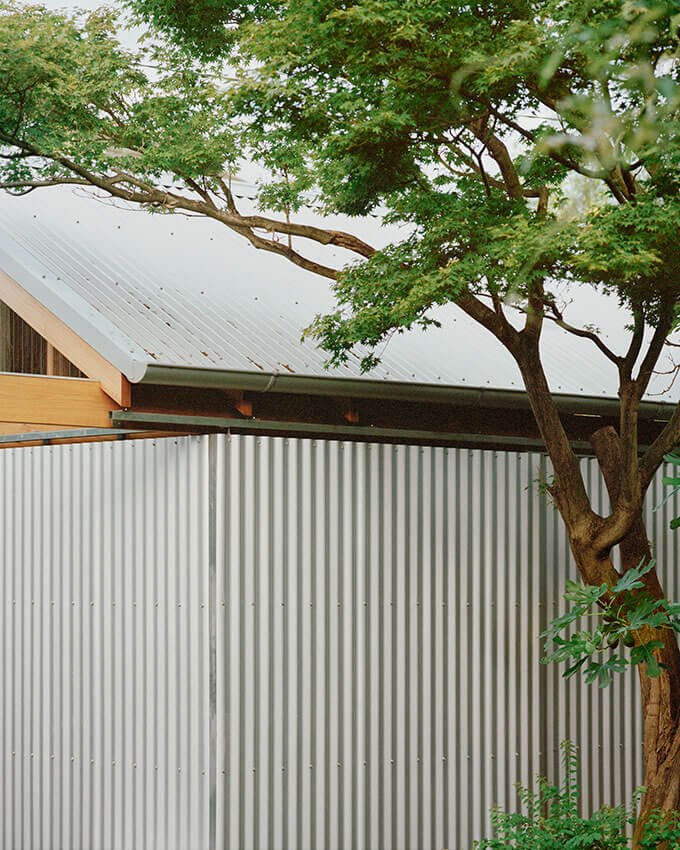Oscar Sainsbury, a renowned Australian architect and director of OSA (Oscar Sainsbury Architects), is breaking the barriers of traditional architecture. With a background that spans various architectural practices in Melbourne and an academic stint at Monash University, Sainsbury has continually pushed the boundaries of design, making quality architecture accessible to all.

A Journey in Architecture
“I am a practicing architect and director of OSA. Prior to establishing OSA, I worked in a number of architectural practices in Melbourne and also as a Design Studio Leader and Research Associate at Monash University,” Sainsbury shared. His dedication to architecture extends beyond practice, as he continues to undertake research projects examining the interaction between the built and natural environments.

The Award-Winning ‘Lily’s Shed’
One of Sainsbury’s standout projects, ‘Lily’s Shed,’ recently received a Commendation at the Victorian Architecture Awards. “Lily’s shed is more than just a storage space for tools and equipment. It functions as a garden room of minimal shelter with a number of flexible uses,” he explained. This innovative project features sliding panels that allow the space to operate with varying degrees of openness to both the existing garden and rear laneway.
The design responds to the typical inner and middle-ring suburban conditions throughout Melbourne, where larger residential sites with generous gardens are increasingly being reduced to accommodate larger houses. Sainsbury’s solution encourages a more diverse range of spaces (sheds, studios, offices, guest accommodation) and supports broader possibilities for access, use, and tenancy through dual entrances via the house and rear laneway.

Architecture and Life
Discussing the broader role of architecture, Sainsbury reflected, “I believe architecture functions best as a mediator to surrounding elements – physical, environmental, cultural, and personal. It can help people navigate through their lives by both protecting them from and propelling them into the world around.”
For Sainsbury, architecture transcends the immediate needs of clients, engaging with broader physical, environmental, and cultural conditions. “Architecture can also have a life beyond the client or clients for which it is produced as building ownership and function change over time,” he added.

Balancing New Structures and Environmental Impact
In addressing the environmental impact of new structures, Sainsbury is pragmatic yet hopeful. “The building process generally involves significant amounts of energy use, material consumption, and waste. Architects need to ask clear questions about what is required for each project. Is there value in what’s being demolished? Can materials be reused in a more effective way?”
He advocates for thoughtful consideration of a project’s necessity and its broader ecological impact. “There are many environments, both within cities and in more remote landscapes, that should be protected from any new structures. In this sense, where an architect builds is just as important as what they build.”

Making Good Architecture Accessible
Historically, good architecture has been seen as a luxury for the wealthy, but Sainsbury believes this perception can change. “Architecture projects by their nature are often experiments in living. Each project brings with it different sites, clients, budgets, and contextual conditions which means there is a level of risk attached as they commence.”
Sainsbury acknowledges that while prefabricated or system approaches to building have attempted to mitigate this risk, the unique nuances of each project contribute to architecture’s desirability. He highlights past initiatives like The Age Small Homes Service and Merchant Builders, where architects worked outside the traditional client-architect relationship, allowing architectural designs to reach a broader audience.
“The value of programs like this remains today,” Sainsbury emphasized, suggesting that by embracing innovative approaches and learning from successful past initiatives, good architecture can indeed become attainable for all.
Oscar Sainsbury’s work exemplifies how thoughtful, flexible, and sustainable design can redefine modern living, making quality architecture accessible to a wider audience. With projects like ‘Lily’s Shed,’ Sainsbury is not just building structures but crafting spaces that harmonize with their environments and enrich the lives of those who use them.


